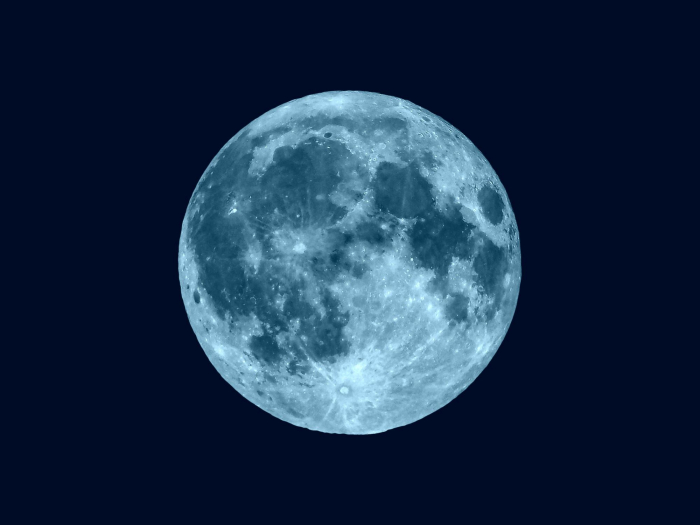But despite what its name suggests, this full moon is not actually blue. The name simply refers to the fact that it is the fourth full moon of the season, when typically there are only three full moons in a season.
In 2019 there has already been a blood moon, a pink moon and a super worm moon – each named (in these cases) after its colour or occurrences that take place at the time of year the full moon appears (a “worm” moon is named thus as it comes at time small creatures – such as worms – emerge from the ground, signifying the end of winter).
The flower moon, which is set to rise at dusk on Saturday 18 May, is appropriately named after the flowers that bloom in the month of May.
The next blue moon won’t occur again until 2021, so astronomers will be hoping for clear skies this weekend.
This weekend will also see a number of other astronomical events, according to Nasa.
“By the morning of the full moon on 18 May 2019, as morning twilight begins, Jupiter will appear in the south-southwest about 23 degrees above the horizon and Saturn will appear in the south about 30 degrees above the horizon,” the space agency said in a statement.
“Venus will be rising about seven minutes after morning twilight begins but should be visible low in the east-northeast until about 30 minutes before sunrise. Mercury will not be visible, lost in the glow of the sun.”
The Independent
More about: bluemoon














































